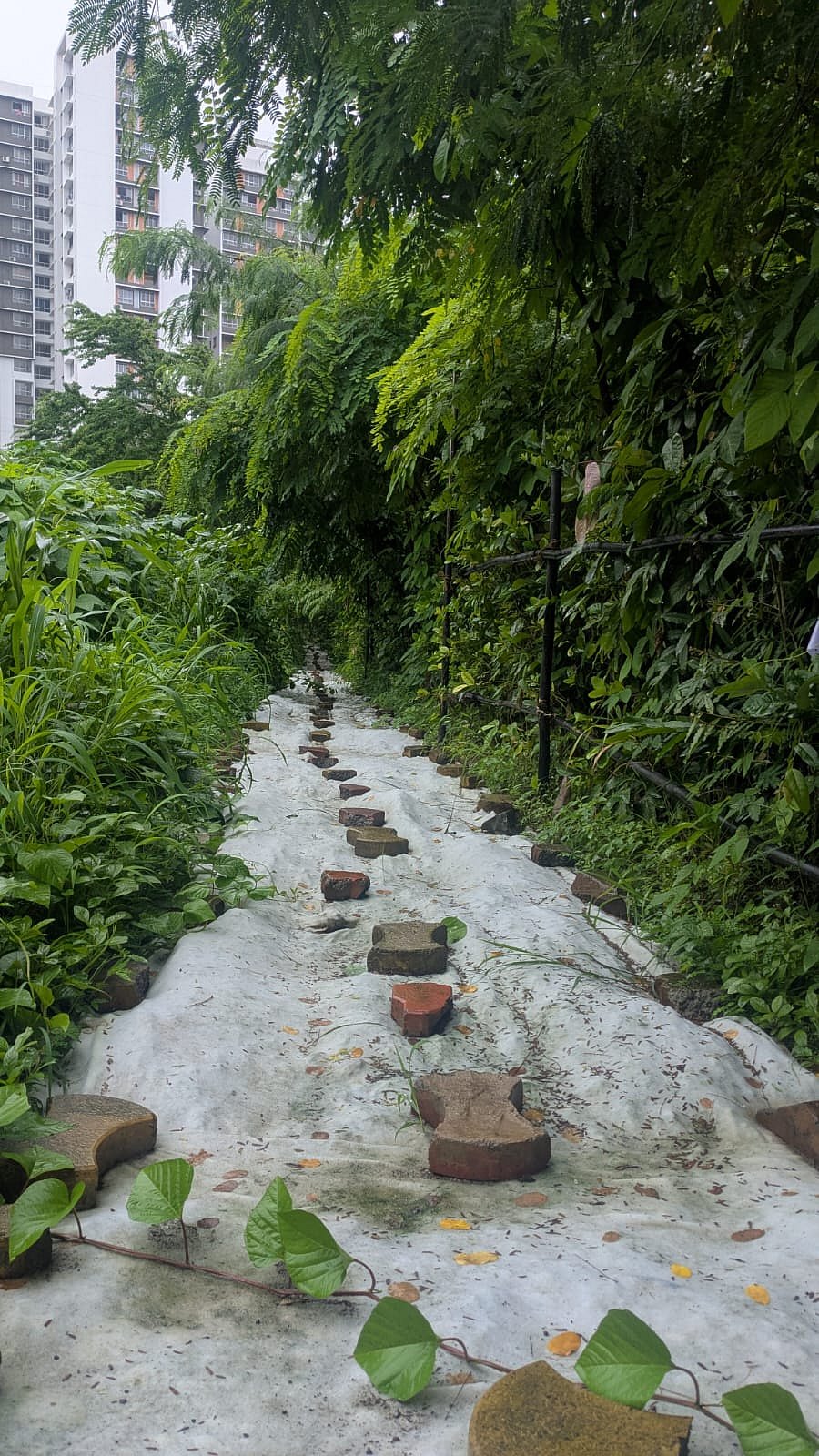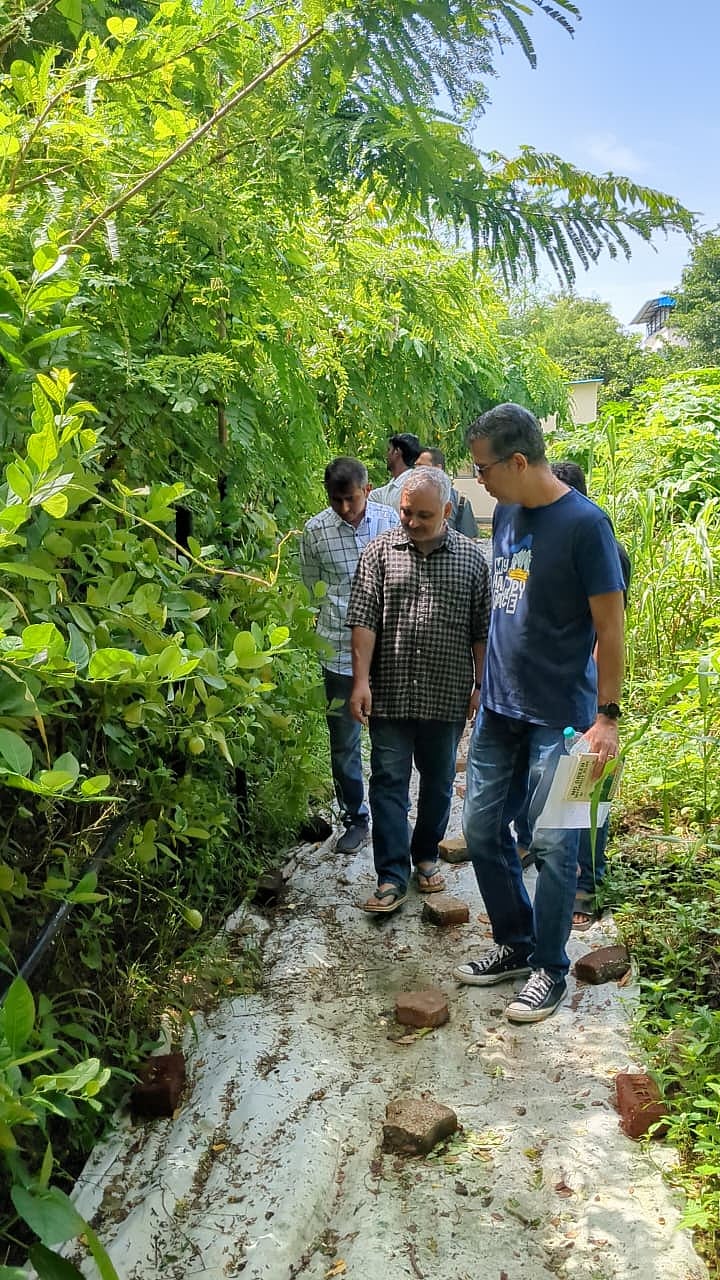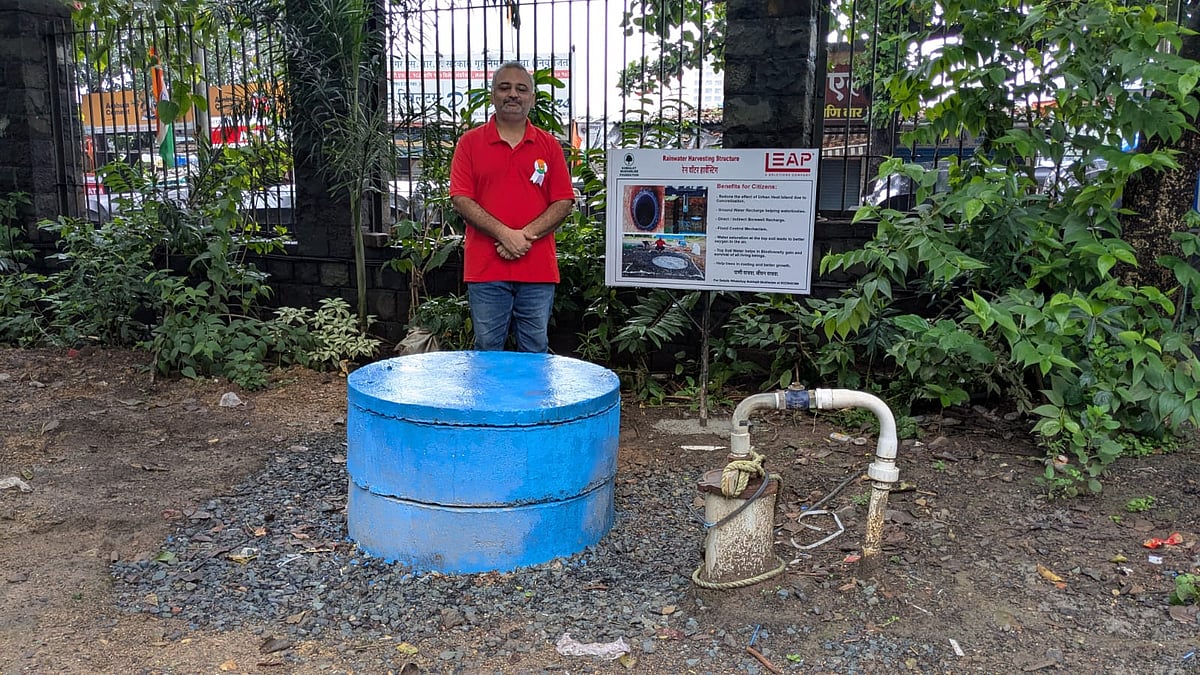In the heart of Malwani, Malad East, a small ‘pocket forest’ inside the Government General Hospital compound has quietly transformed into a biodiversity hotspot, teeming with butterflies and birds. Planted two years ago, the lush green patch now stands as a refreshing contrast amid dense urban habitation.
Greening the Hospital Grounds
The women’s and children’s hospital had approached Mission Green Mumbai, a group known for creating urban forests, to enhance the ambience of its seven-acre facility under the government’s Kayakalp programme.

Mission Green Mumbai selected a 20-metre-wide stretch along the 580-metre-long periphery of the hospital compound for the project. Saplings of guava, lemon, star fruit, jackfruit, and other local fruit-bearing trees were planted.
A Forest Inspired by the Miyawaki Method
The wooded area, inspired by the Japanese Miyawaki method—which involves dense plantation of diverse native species in small areas—covers around 11,600 square metres (approximately 2.8 acres) and includes 8,000 to 10,000 trees.

“We mostly grew fruit trees. It is largely for the birds and insects,” said Subhajit Mukerjee, founder of Mission Green Mumbai. Mukerjee expressed happiness over how the small forest has flourished, attracting a variety of avian and insect life. “It is like a nature trail, with more than 10,000 people having come for tours,” he added.
Cooling Urban Heat Islands
According to Mukerjee, small forests like these help reduce ‘urban heat island’ effects in cities, where roads and concrete structures absorb and radiate heat.
“There has been a decrease of three to four degrees in the hospital compound because the trees prevent sunlight from hitting heat-absorbing surfaces. It’s not just streets that need shading, but terraces and all concrete areas,” he said.
Community Engagement and Environmental Benefits
With the monsoon season coming to an end, the forest tour season is set to begin this month. Dr. Azhar Khan Pathan, Medical Superintendent of the hospital, said that while no formal study has been conducted on temperature changes, the impact is visible.
“It is beneficial for the environment and the hospital area. There are a lot of birds now. Mumbai faces a scarcity of open spaces, and the Miyawaki garden is a good concept,” said Dr. Pathan.
Sustainable Practices for a Greener Future
The hospital has also implemented rainwater harvesting and natural wastewater filtration with guidance from Mission Green Mumbai. These eco-friendly initiatives have improved the hospital’s Kayakalp rating under the government’s cleanliness and environmental improvement drive.







